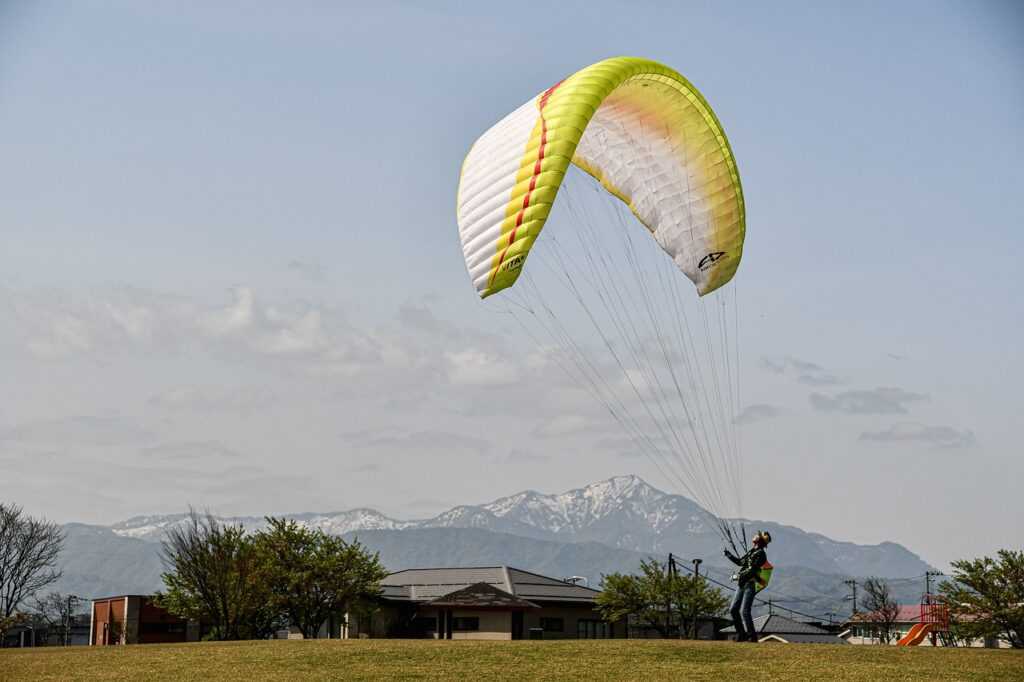Customizable Settings for Perfect Results
With the adjustable electric hair drying device, you have full control over the drying process. Whether you prefer a gentle breeze or a powerful blast of hot air, this device lets you customize the settings to suit your needs. Say goodbye to onesizefitsall solutions and hello to a personalized experience each time you dry your hair.
Choose from multiple heat and speed settings to achieve the perfect level of drying power. Utilize the adjustable timer feature to set the drying time according to your hair type and desired style. Experiment with different heat and airflow combinations to discover the ideal setting for your hair.
Innovative Design for Effortless Styling
Not only does the adjustable electric hair drying device offer customizable settings, but it also boasts an innovative design that makes styling your hair a breeze. From sleek straight styles to bouncy curls, this device can help you achieve your desired look with ease. Say goodbye to the hassle of traditional styling methods and hello to a faster, more efficient way to perfect your hairstyle.
The ergonomic design of the device makes it easy to hold and maneuver, reducing arm fatigue during styling sessions. The adjustable nozzle allows you to focus the airflow precisely where you need it, helping you create salonworthy styles at home. The lightweight construction of the device ensures that you can style your hair comfortably without straining your arms or wrists.
TimeSaving Features for Busy Lifestyles
In today’s fastpaced world, every minute counts. That’s why the adjustable electric hair drying device comes equipped with timesaving features that help you streamline your styling routine. Say goodbye to lengthy drying times and hello to a more efficient way to achieve beautiful, healthylooking hair.
The quickdry mode delivers a powerful burst of hot air to speed up the drying process, allowing you to style your hair in record time. The cool shot button helps set your style in place, ensuring longlasting results that withstand the demands of your busy day. The easytoclean filter prevents dust and debris from accumulating in the device, maintaining optimal performance for years to come.
In conclusion, the adjustable electric hair drying device offers a revolutionary approach to hair styling that combines convenience, efficiency, and style. Say goodbye to conventional hood hair dryers and hello to a world of endless possibilities for your hair. Whether you’re looking for a sleek and straight style or voluminous curls, this innovative device has you covered. Upgrade your hair styling routine today and experience the difference for yourself!
